Try painting upside down
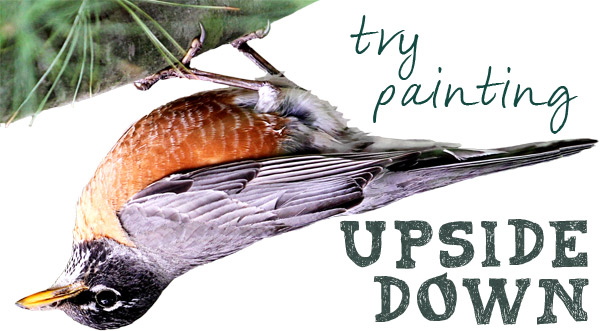
I’ve always painted upside down, right way up, on the side… standing on one leg…Well OK, I wasn’t actually moving – but my subject matter and my painting was.
One of the huge practical benefits of working from photographs is the fact that you can move the photo around (along with your painting) in a way you just can’t if you’re painting from ‘life’.
I’ve found that life models rarely want to pose upside down!
Often I move things about for convenience.
When I’m working on a large painting that’s orientated in ‘portrait’ mode (tall and thin), it’s just too awkward to keep reaching up to the top (especially as I’m usually sitting down nice and comfortably).
So instead I’ll turn my photograph and my painting on their sides, to ‘landscape’ mode – making the painting process much more comfortable.
Moving things around never made any difference to the painting process for me – I was still just seeing my subject in the artistic way – that is to say I was mentally breaking it down in to a series of shapes of colour and tone as I painted it, rather than thinking about the whole.
But when I started teaching I realised that students were often struggling to make the shift to seeing their subject in terms of shapes of colour (the shift to right-brain).
Instinctively I turned their photo and their work around and discovered that this really helped them to ‘see’ their subject.
And this was especially true when students were at a stage in their painting where they felt they couldn’t see what their painting needed next.
When they felt ‘stuck’.
The quickest way to unstick them was to flip their work – and their reference photo- around.
Sometimes people can look at a subject for too long.
Their left brain steps in and they can’t seem to ‘see’ the shapes anymore but instead start judging it by the standards of what they think it ‘ought’ to look like.
This is true for ANY subject but especially true of subjects such as birds and animals where there is a very definite ‘right way up’.
And we immediately look to the eyes in these subjects, relating to all that we have stored in our head about them (what they’re called, how big they are, how much we like them) rather than the shapes that make their physical appearance up.
It was only when I was writing my book that I researched painting and drawing upside down and what’s going on with our brains when we do this.
I came across Betty Edwards’ ‘Drawing on the right Side of the Brain’.
In it, Edwards recommends upside down drawing and explains how our left brain stops with its naming and other verbal processes when confronted with an upside down image – seeming to say:
I don’t do upside down. It’s too hard to name things seen this way, and besides the world isn’t upside down. Why should I bother with such stuff?
The right brain doesn’t care however – shapes are the same to it whatever way around a subject appears.
So with the left brain quietened the right brain is given a chance to take over and the flow of drawing and painting can take place.
Try this little exercise to make the right-brain shift for yourself…
You can download a PDF of this upside down American Robin here to print or view from your own computer (opens in a new window).
Try creating either a tonal drawing or a full colour painting working totally upside down.
Don’t try to figure out what bit is what – just lose yourself in the shapes of colour and/or tone.
And if you find you need tips on painting feathers check out my tip video here.
I think you’ll be surprised how well it turns out.
I’d love to see your results (right-side up!) and let me know if you’ve found working upside down useful in the comments below.
Browse more blog posts
Share this post!
31 Comments
Leave a Comment
Share this post!
Subscribe to blog updates
Blog Updates
The information you provide here will be used only to deliver the email course, along with other relevant updates from me. You can unsubscribe anytime. Click here for our privacy policy.

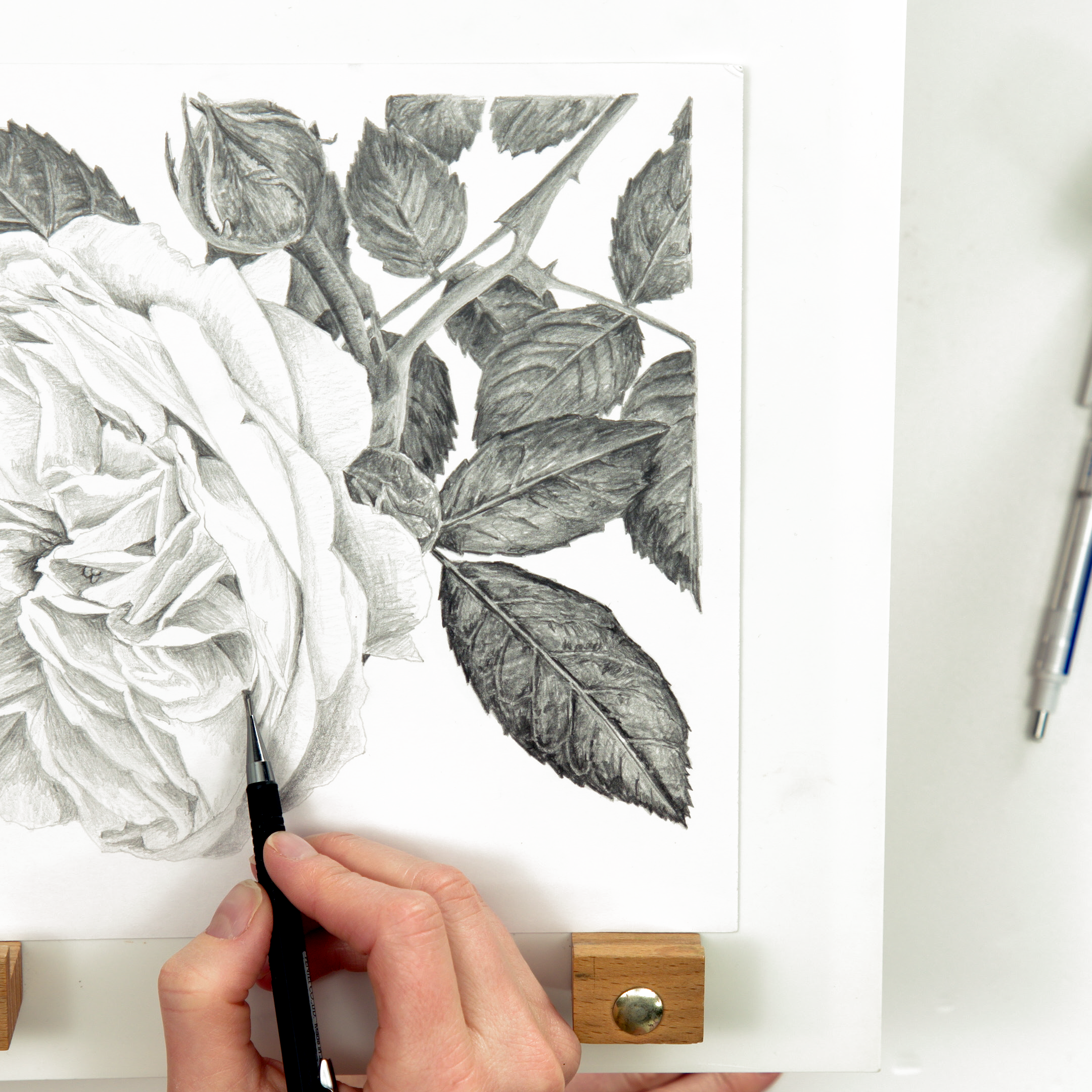
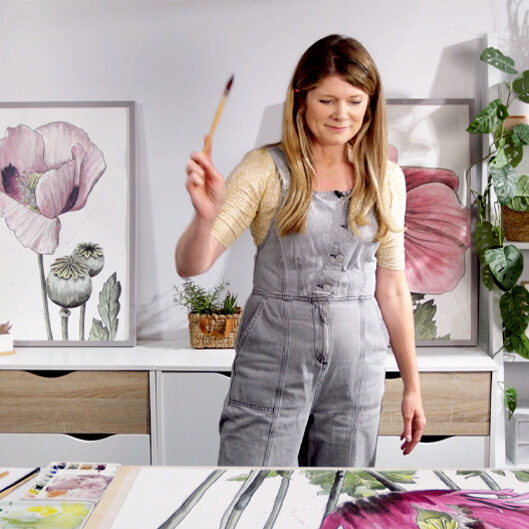
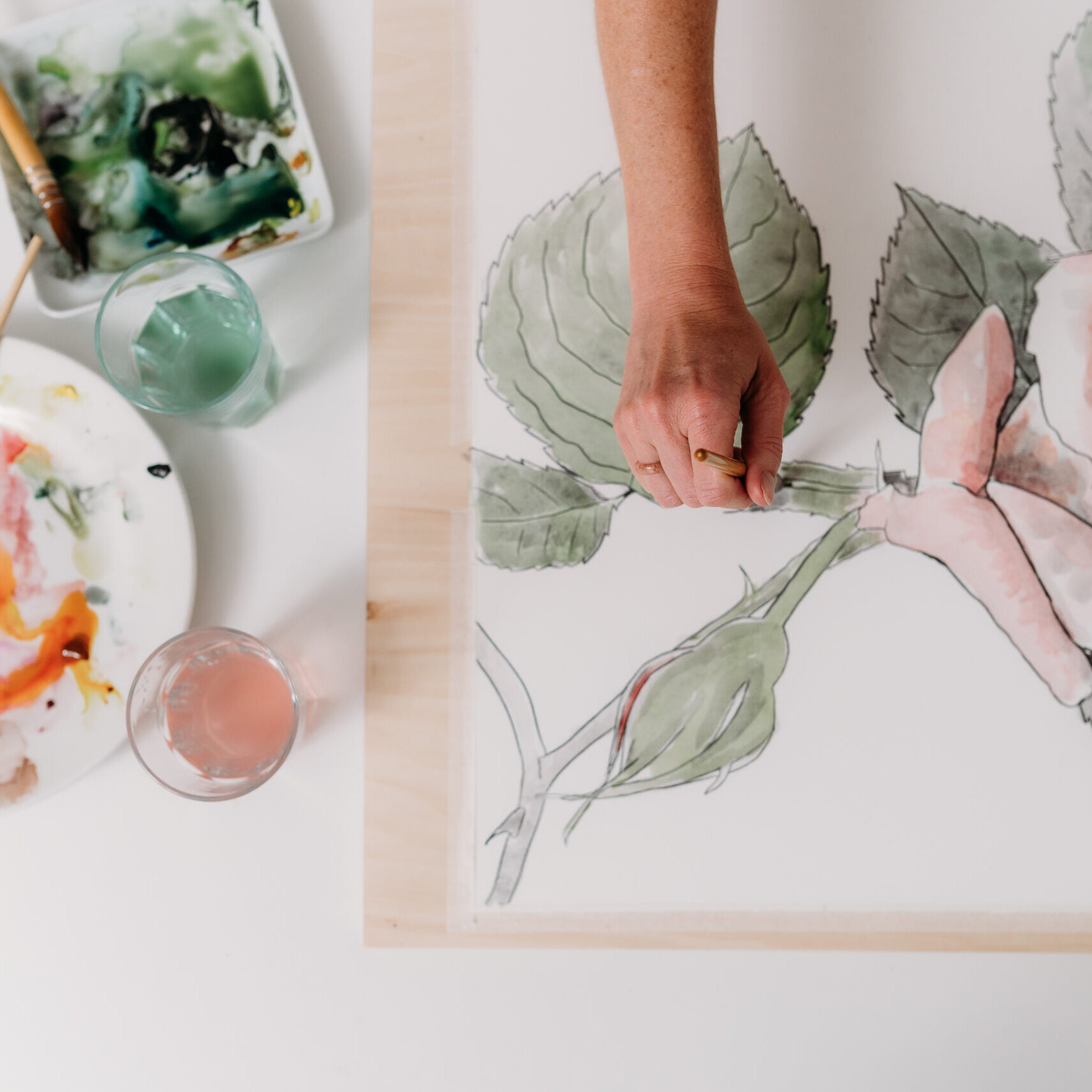
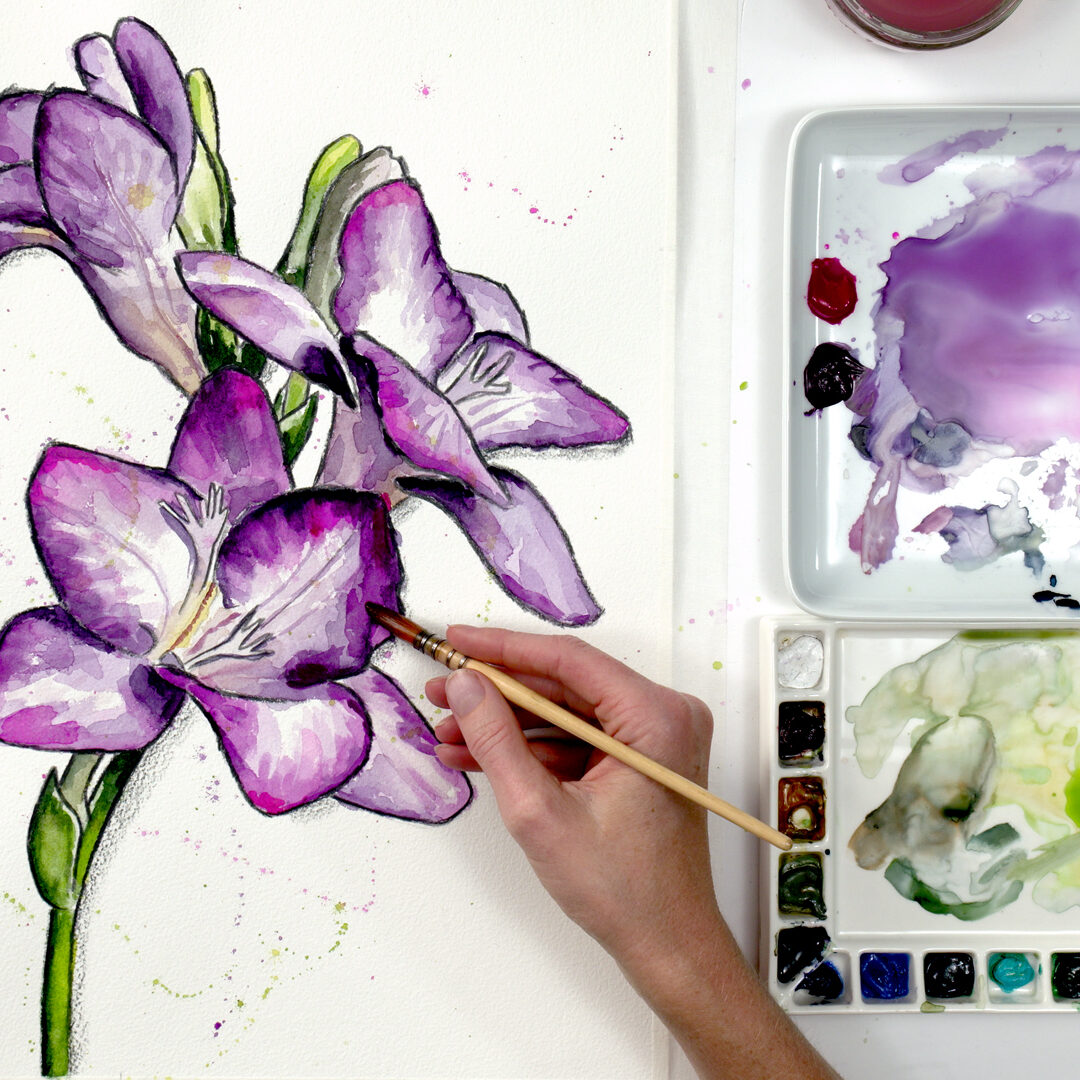
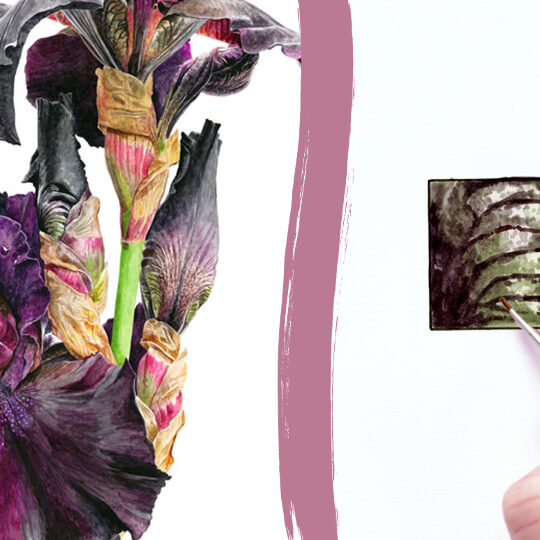
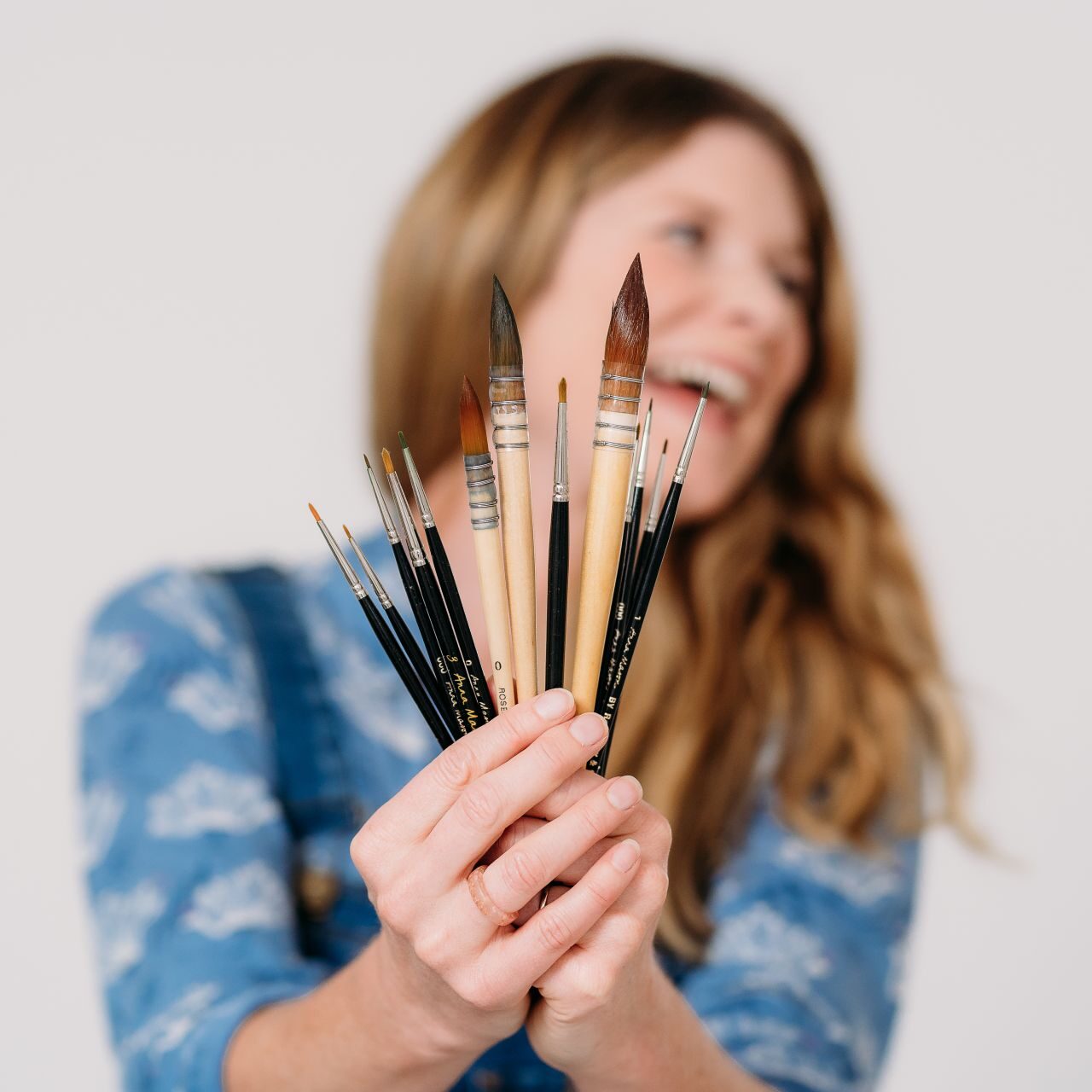
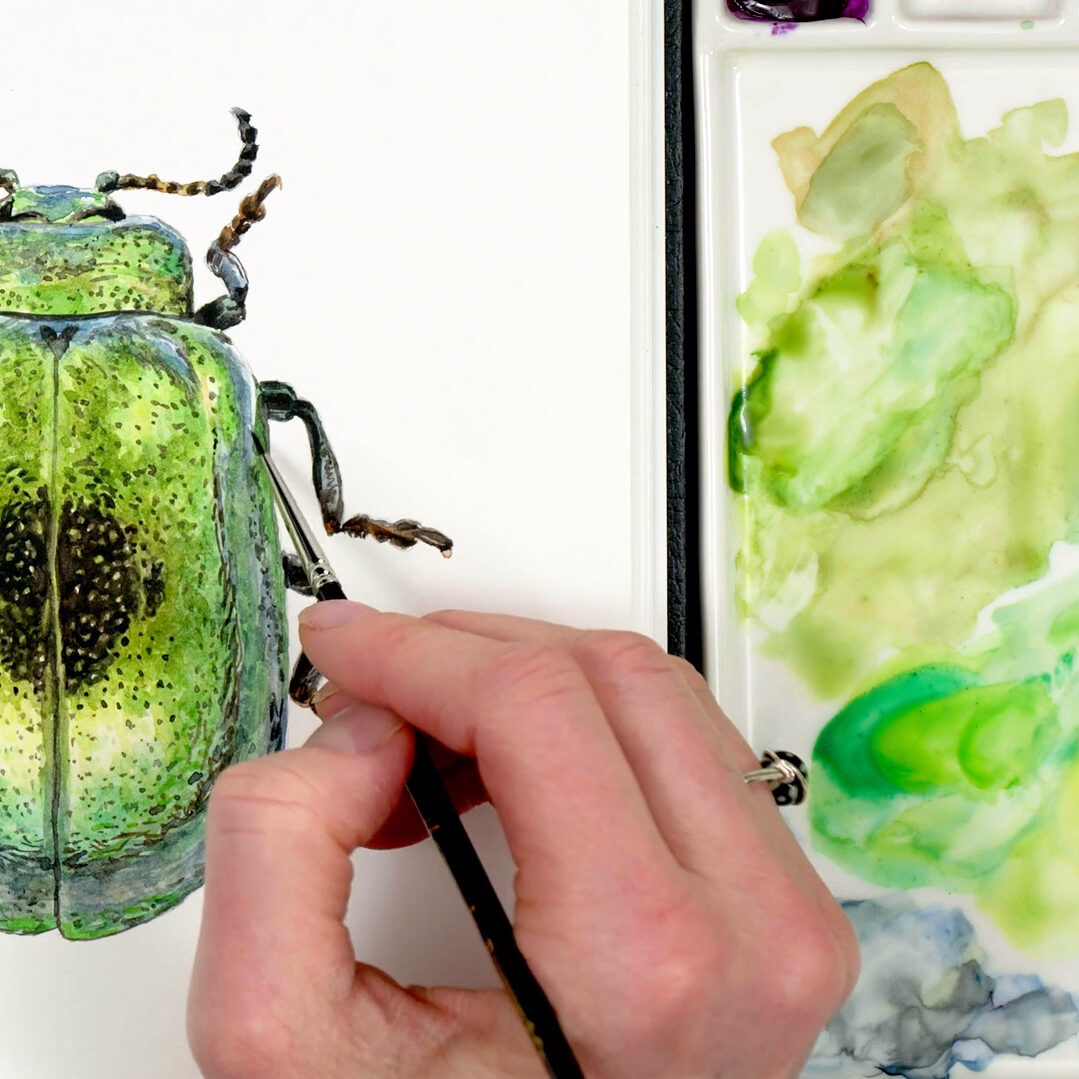
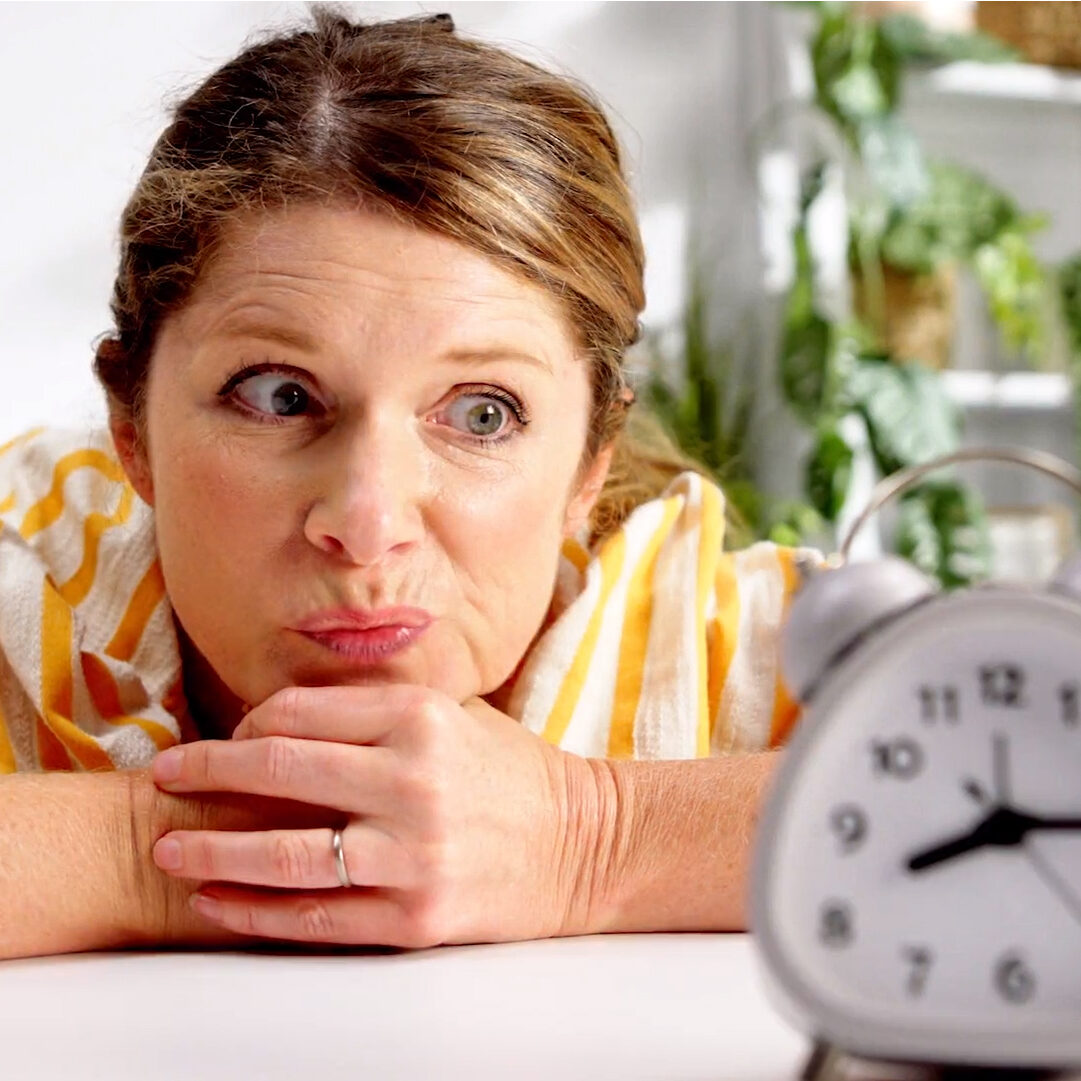
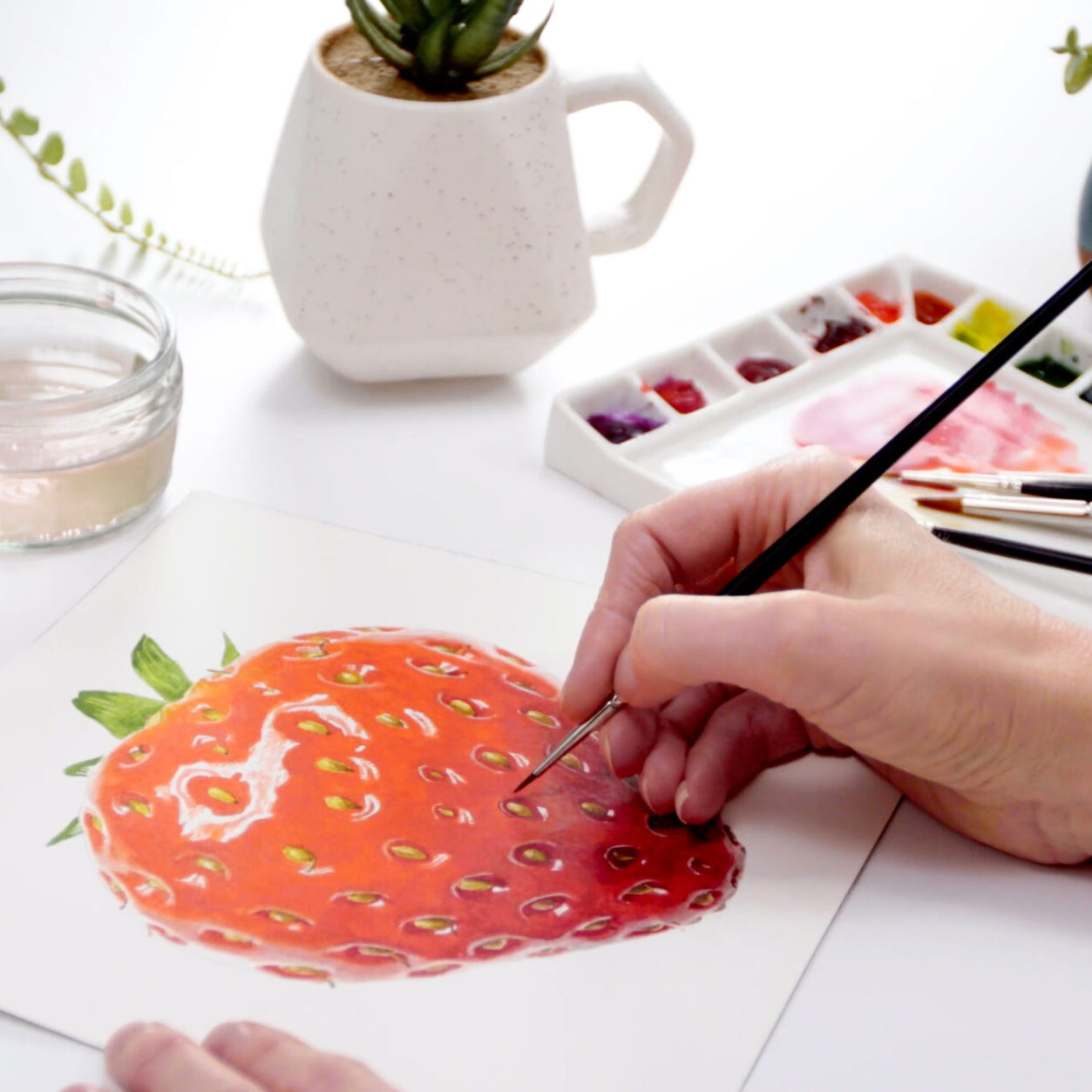
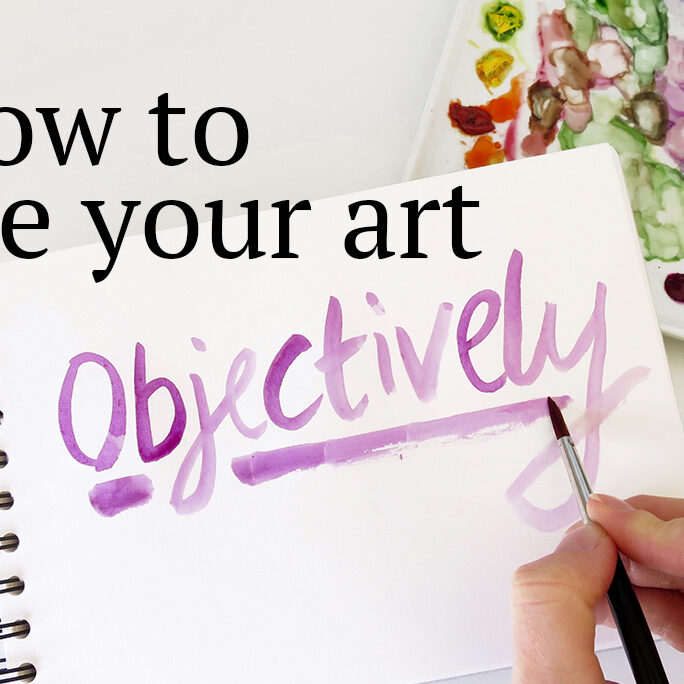
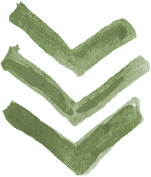
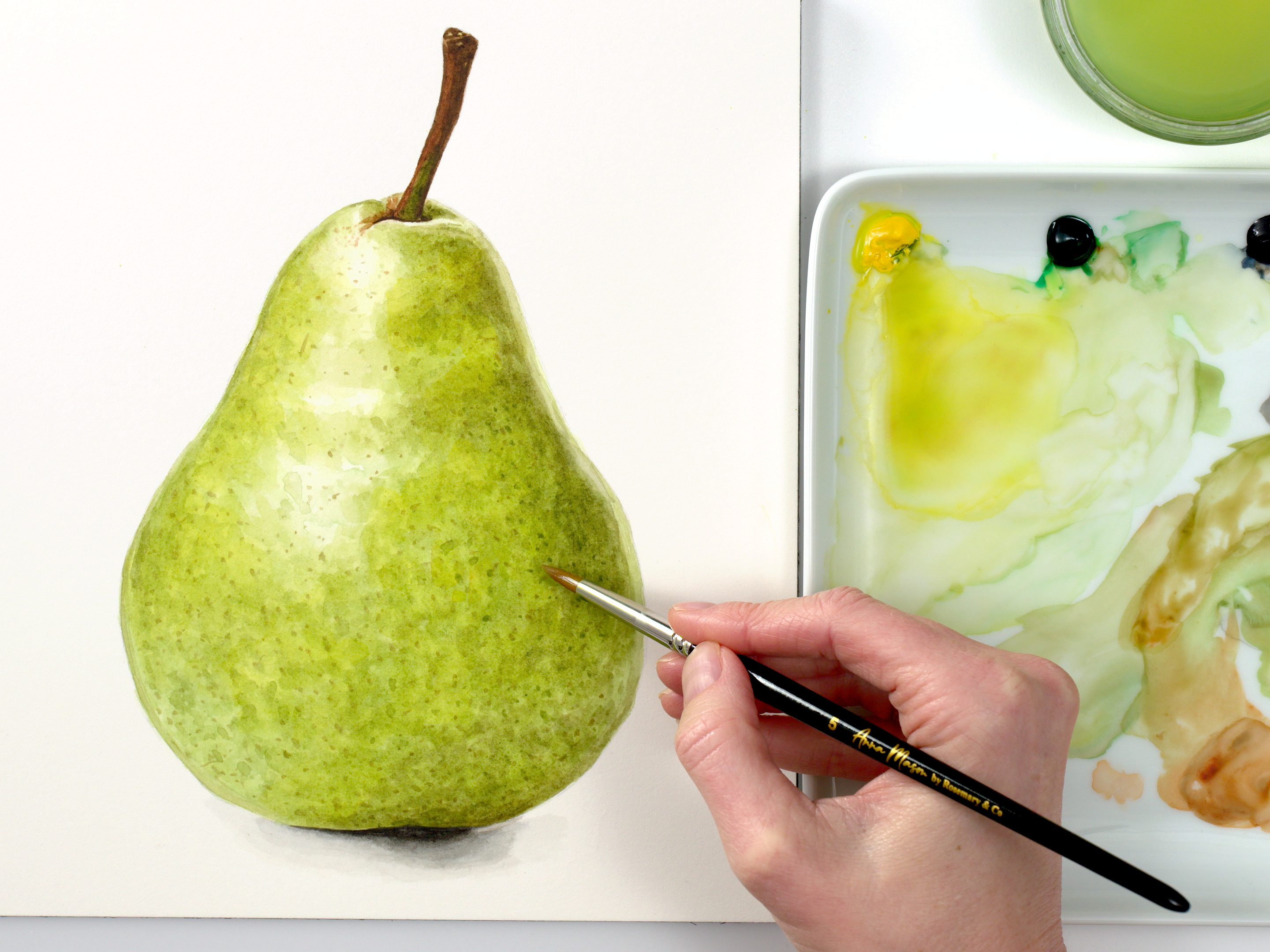

What a great idea!
What a great idea!
Though I am just learning to paint I turn my painting from side to side and find it helps me. Great idea, thank you
Though I am just learning to paint I turn my painting from side to side and find it helps me. Great idea, thank you
I learned this method some years ago following a course based on the book you mention, is was really good and still is, even after many years without painting or drawing. However, as a beginner in watercolours I find it difficult to let go when working in colours, as I constantly have to decide which ones to blend and use, and remember which ones I used on another area etc. Pencil is easier for me. I use to explain that you are in the right brain mode when time and space dissapears!
I learned this method some years ago following a course based on the book you mention, is was really good and still is, even after many years without painting or drawing. However, as a beginner in watercolours I find it difficult to let go when working in colours, as I constantly have to decide which ones to blend and use, and remember which ones I used on another area etc. Pencil is easier for me. I use to explain that you are in the right brain mode when time and space dissapears!
Thanks for this wonderful tip, Anna. Will definitely give it a try! Interesting that the brain will adapt to the upside down world!
Thanks for this wonderful tip, Anna. Will definitely give it a try! Interesting that the brain will adapt to the upside down world!
Will definitely have a go at this. I have downloaded the photo and feel quite ready for the challenge. Thank you Anna.
Will definitely have a go at this. I have downloaded the photo and feel quite ready for the challenge. Thank you Anna.
Thanks Anna. I tried this today with my personal project. I flipped the image and it is really helpful. I couldn’t understand why you stand up on one leg while painting. I tried standing on one leg but i was loosing my balance and therby doung a lot of blunders with my painting. If possible please explain ‘standing on one leg’ theory.
Thanks Anna. I tried this today with my personal project. I flipped the image and it is really helpful. I couldn’t understand why you stand up on one leg while painting. I tried standing on one leg but i was loosing my balance and therby doung a lot of blunders with my painting. If possible please explain ‘standing on one leg’ theory.
I did this in a class learning from the book Drawing on the Right Side of the Brain. It works really well. I’m getting back into art and am planning on using the exercises in the book and the ones Anna sets out for us. Trying to be a little more focused and centered and not just winging it!
I did this in a class learning from the book Drawing on the Right Side of the Brain. It works really well. I’m getting back into art and am planning on using the exercises in the book and the ones Anna sets out for us. Trying to be a little more focused and centered and not just winging it!
I use this method and I am so glad you brought it to my attention again. You are so right about allowing your brain to think differently, as this really will make your painting better.
I use this method and I am so glad you brought it to my attention again. You are so right about allowing your brain to think differently, as this really will make your painting better.
I have gone through Betty Edwards’ entire book (course) doing each exercise but that was in 2009 and I had actually forgotten how effective drawing upside down really is and fun too. Thanks for the video and reminder.
I have gone through Betty Edwards’ entire book (course) doing each exercise but that was in 2009 and I had actually forgotten how effective drawing upside down really is and fun too. Thanks for the video and reminder.
A great idea for becoming more aware of your subject. I am a professional floral designer and use a method of placing a floral arrangement in front of a mirror which helps to see shapes and balance better. I appreciate the tip and keep them coming. Thanks
Thanks Angelo – that’s really interesting about the mirror idea – I may try that next time I’m painting!
A great idea for becoming more aware of your subject. I am a professional floral designer and use a method of placing a floral arrangement in front of a mirror which helps to see shapes and balance better. I appreciate the tip and keep them coming. Thanks
Angelo, do you work your flowers while looking in the mirror, or do you just use it to evaluate?
I use this tip to evaluate my work.For beginners it is a good idea to use it several times during making the arrangement. When I paint I use it to see that all my flowers are showing their smiling faces.
Angelo, do you work your flowers while looking in the mirror, or do you just use it to evaluate?
I tried your tip Anna, and it was really interesting how my brain initially fought against the image being the wrong way up. I battled on and gradually it became easier and very exciting; I drew a Lapwing and a marble statue; I’m delighted with the freedom it’s given me, great tip thanks! Caron
I tried your tip Anna, and it was really interesting how my brain initially fought against the image being the wrong way up. I battled on and gradually it became easier and very exciting; I drew a Lapwing and a marble statue; I’m delighted with the freedom it’s given me, great tip thanks! Caron
when I try to open the PDF it says “404 file not found”.
I ran across that book, “Drawing on the Right Side of your Brain” years ago. My husband didn’t think he could draw at all, and that was pretty accurate! But I showed him he could actually copy a drawing from that book if he did it upside down. He surprised himself with the drawing he did. Thanks Anna for suggesting that it’s a good way to break through a place where we feel stuck, like we can’t see what else needs to change to look more like the photo.